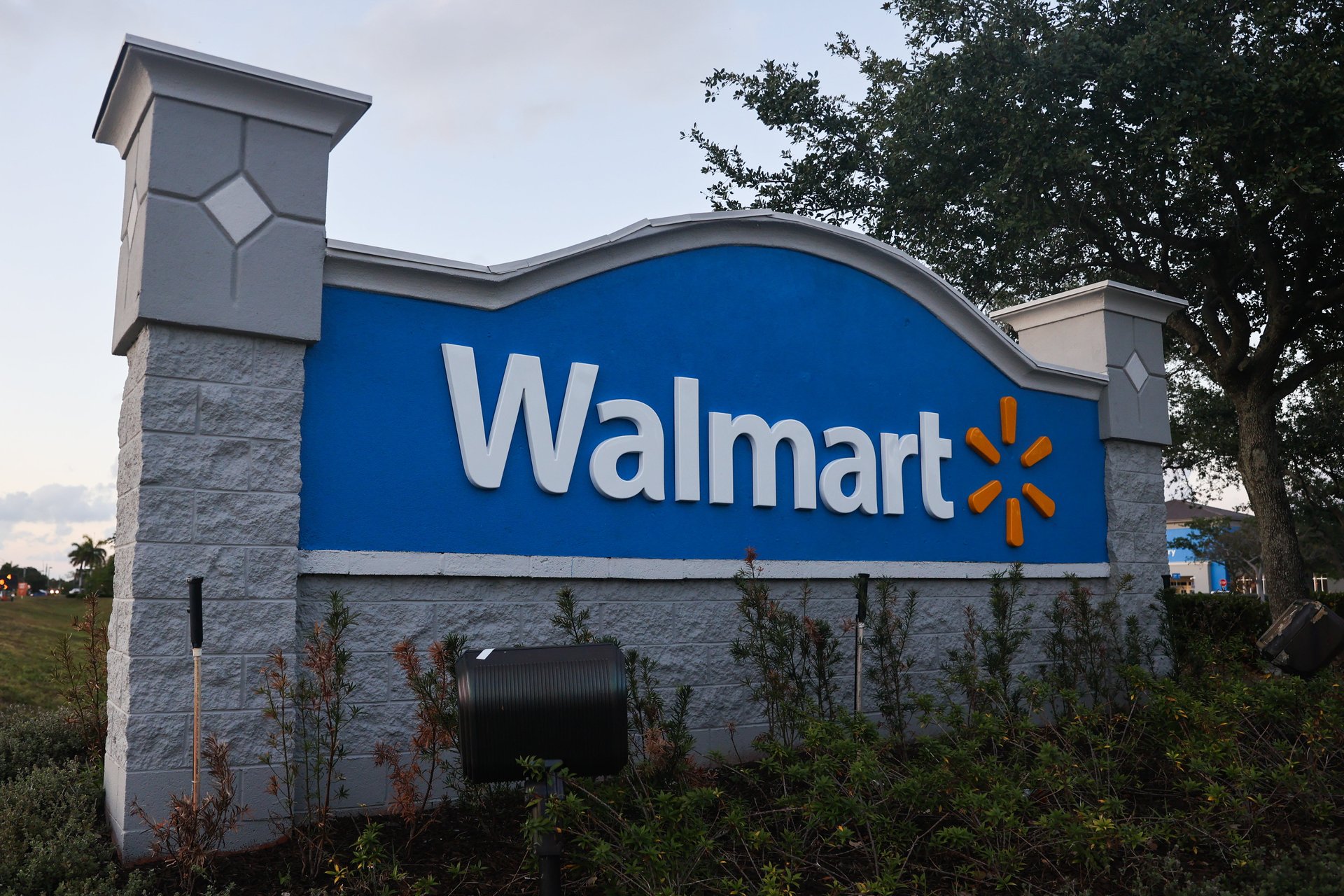Walmart earnings are tomorrow. Here's what to watch
The biggest U.S. retailer is scheduled to report first-quarter earnings on Thursday

Consumers are holding their wallets tightly. Inflation continues to push prices up, increasing demand for cheaper goods, and leaving retailers like Walmart in a unique position to benefit.
Suggested Reading
The U.S. retail giant is gearing up to report first-quarter earnings this Thursday before markets open, which could set the scene for other retailers reporting earnings in the weeks that follow. Walmart’s results may highlight how consumers are dealing with inflation and higher prices.
Related Content
Walmart, the biggest U.S.-based retailer, is likely to benefit from its grocery business, Bank of America analysts said in a research note, adding that despite grocery prices still being up 25%, the sector’s prices aren’t increasing as fast they were in 2022.
That increase will in part be led by in-store and online sales, analysts said, noting that consumers are still managing inflation and a reduction in government sponsored programs. According to foot traffic analytics company Placer.ai, visits to Walmart increased 3.9% year-over-year. Notably, the firm said that Walmart has a particularly strong presence in the South and has room to grow in other regions, including the Midwest and Northeast.
Nonetheless, continued softness for discretionary spending is likely to be reflected in Walmart’s earnings, analysts said. But even so, the retailer stands to benefit from a number of initiatives, including its store remodels and its online stock keeping unit (SKU) expansion, as well as its pickup and delivery business, which has been a key sales driver among higher-earning consumers, the firm said.
Capturing and keeping the attention of higher-income shoppers appears to be on Walmart’s radar. In March, Walmart said it would be revamping some of its stores to make its high-end products products more prominent – all in an effort to lure wealthy shoppers. Last month, the retailer launched its own premium grocery brand Bettergoods in a bid to compete with Trader Joe’s and WholeFoods.
That announcement, however, was soon followed by news that it would be closing all 51 of its health centers due to a lack of profitability.
Those cost cutting measure appears to have trickled over into May. Just this week, Walmart said that it would cut hundreds of corporate roles and asked some of its remote to workers relocate to one of three of its central hubs, dispersed in Arkansas, New Jersey, and Northern California.
Nonetheless, BoF analysts said that the company is likely to benefit from its digital advertising and fulfillment centers too, which will help it offset a sales lag for its higher priced general merchandise items. In March, Walmart launched an early morning delivery service to keep up with Target and Amazon. That same month, it said it would start selling AI-powered software so that the companies it partners with could improve their navigation routes and make deliveries on time.
